The Chaos After The Storm
Severe storms, such as hurricanes and floods, can cause widespread disruption, with one of the most critical impacts being on water supplies. After such events, facilities often face challenges like contaminated water, interrupted supply, or even complete outages. Compromised water systems pose serious health and safety risks to occupants and can disrupt daily operations.
Assess The Situation
The first step after a storm is to evaluate the condition of your facility’s water supply. Flooding can introduce contaminants such as dirt, debris, chemicals, and harmful bacteria like E. coli into your water system, making it unsafe for use. Key indicators that the water supply may be compromised include:
- Changes in Water Appearance or Smell: If the water appears cloudy, discolored, or has an unusual odor, these could be signs of contamination.
- Low or Irregular Water Pressure: Fluctuating water pressure may indicate a damaged water main or infrastructure issues caused by the storm.
- Local Water Advisories: Stay informed by checking local advisories from water authorities or public health agencies. These advisories may suggest boiling water or avoiding usage altogether due to contamination risks.
You should act quickly if there are any signs of contamination to prevent further health risks to building occupants.
Restrict Water Usage Immediately
If there is any suspicion that your water supply has been compromised, halt all non-essential water usage throughout the facility. This includes restricting access to all outlet types (taps, fountains, ice machines, and any equipment or systems that rely on water, such as HVAC systems and cooling towers).
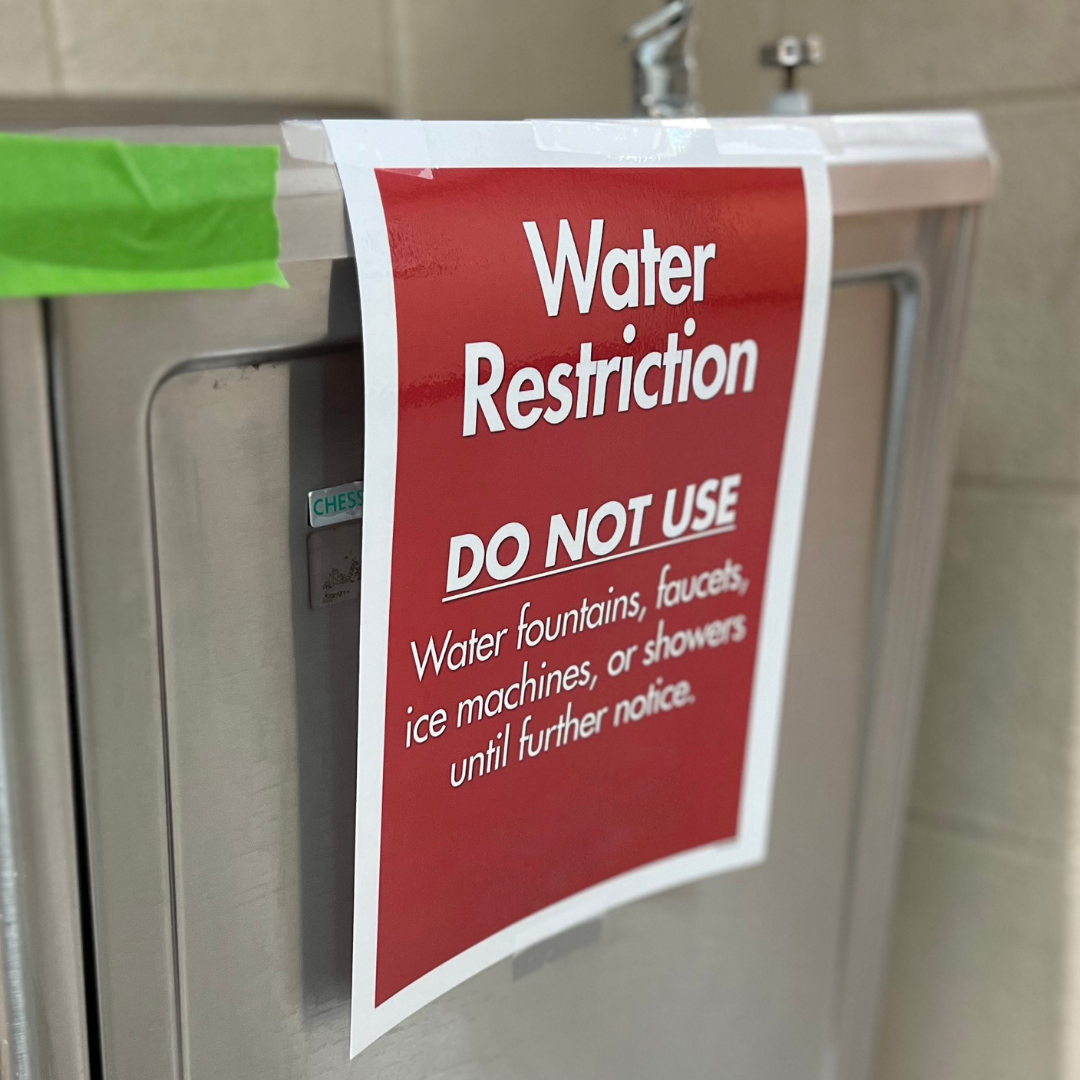 Key actions to take:
Key actions to take:
Restrict water access points: Limit access to all water outlets in the building, including bathrooms, kitchens, and external spigots.
Communicate with building occupants: Inform employees and visitors not to use water for drinking, cooking, cleaning, or bathing until further notice.
Ensure operational safety: If your facility uses water in production processes or cooling systems, pause operations to avoid using compromised water that could damage equipment or spread contaminants.
Alternative source of water: consider using alternative sources of water to include bottled water and bagged ice during the restriction period.
By shutting down water usage early, you can prevent the spread of contamination and reduce risks while assessing the damage.
Flush Your Water System
Once the immediate storm threat has passed, it’s essential to flush the water system to remove any stagnant or potentially contaminated water sitting in the pipes. Stagnant water is more likely to harbor harmful bacteria or sediment. Flushing ensures fresh water with fresh residual disinfectant from the city replaces any standing water that may have been compromised
How to perform a system flush:
1. Open all water outlets: Starting from the lowest points in the system, remove any aerators or shower heads, open taps, faucets, and valves to allow water to flow freely.
2. Flush systematically: Ensure each outlet runs long enough for fresh water to move through the entire piping system. For taps, this may be a few minutes, but larger systems may require longer flushing times.
3. Regular flushing: To prevent future contamination or stagnation, establish a schedule for regular flushing of the water system, especially in sections of the building where water may not be used frequently.
Regularly flushing the water system not only helps clear contaminants but also reduces the risk of corrosion and biofilm buildup in the pipes.
Add Water Filtration System
To ensure optimal safety, introduce or upgrade water filtration systems to ensure any remaining contaminants are removed. Filters help protect against bacteria, viruses, sediment, and other harmful materials that could have infiltrated the water supply during the storm.
Types of filters to consider:
- Point-of-entry filtration: Install filters at the point where water enters your facility’s plumbing system. These filters can help remove large debris and sediments before the water enters the internal plumbing.
- Point-of-use filtration: Add filters to individual water outlets like faucets and drinking fountains. These filters can target finer contaminants and are ideal for ensuring drinking water is safe.
- Advanced Filtration Technologies: Consider upgrading to more robust filtration methods, such as reverse osmosis or UV disinfection systems, to enhance the safety of the water supply.
Filters need regular maintenance and replacement, so establish a schedule for checking filter condition and replacing them as necessary to maintain water quality.
 Test Your Water
Test Your Water
Even after flushing and installing filters, it’s important to test the water to confirm that it is safe for use. Regular testing can identify the presence of bacteria, chemicals, or other harmful substances. Water quality should be tested before resuming regular operations, especially for facilities with vulnerable populations, such as hospitals or schools.
In addition to initial testing, it’s advisable to set up a routine water testing schedule to continuously monitor for potential contaminants, ensuring long-term safety. Testing should be performed by certified professionals who can provide detailed reports on water quality. If any contaminants are detected, immediate corrective actions should be taken to prevent health risks and avoid disruptions in your facility’s operations. Keeping a record of test results can also help in future audits or regulatory inspections, ensuring compliance with health and safety standards.
Disinfect and Treat the Water Systems
If tests reveal any form of contamination, the next step is to disinfect the water system. Depending on the extent of the contamination, different methods can be used to treat the water and restore it to safe levels.
Common Disinfection Methods:
- Chlorination: Adding chlorine to the water can help kill bacteria and pathogens. Chlorine levels should be monitored carefully to avoid over-treatment, which can lead to harmful chlorine by-products.
- Shock Disinfection: For severe contamination, facilities may need to perform a shock disinfection, where high levels of disinfectant are temporarily introduced to thoroughly clean the system.
Once the water has been treated and disinfected, conduct follow-up testing to ensure the water is now safe for consumption and use.
Long-Term Preventative Measures
While immediate actions after a storm are crucial, facilities should also focus on long-term solutions to prevent future water supply disruptions. Installing backup water systems, reinforcing water infrastructure, and implementing storm preparation plans can help mitigate risks during severe weather events.
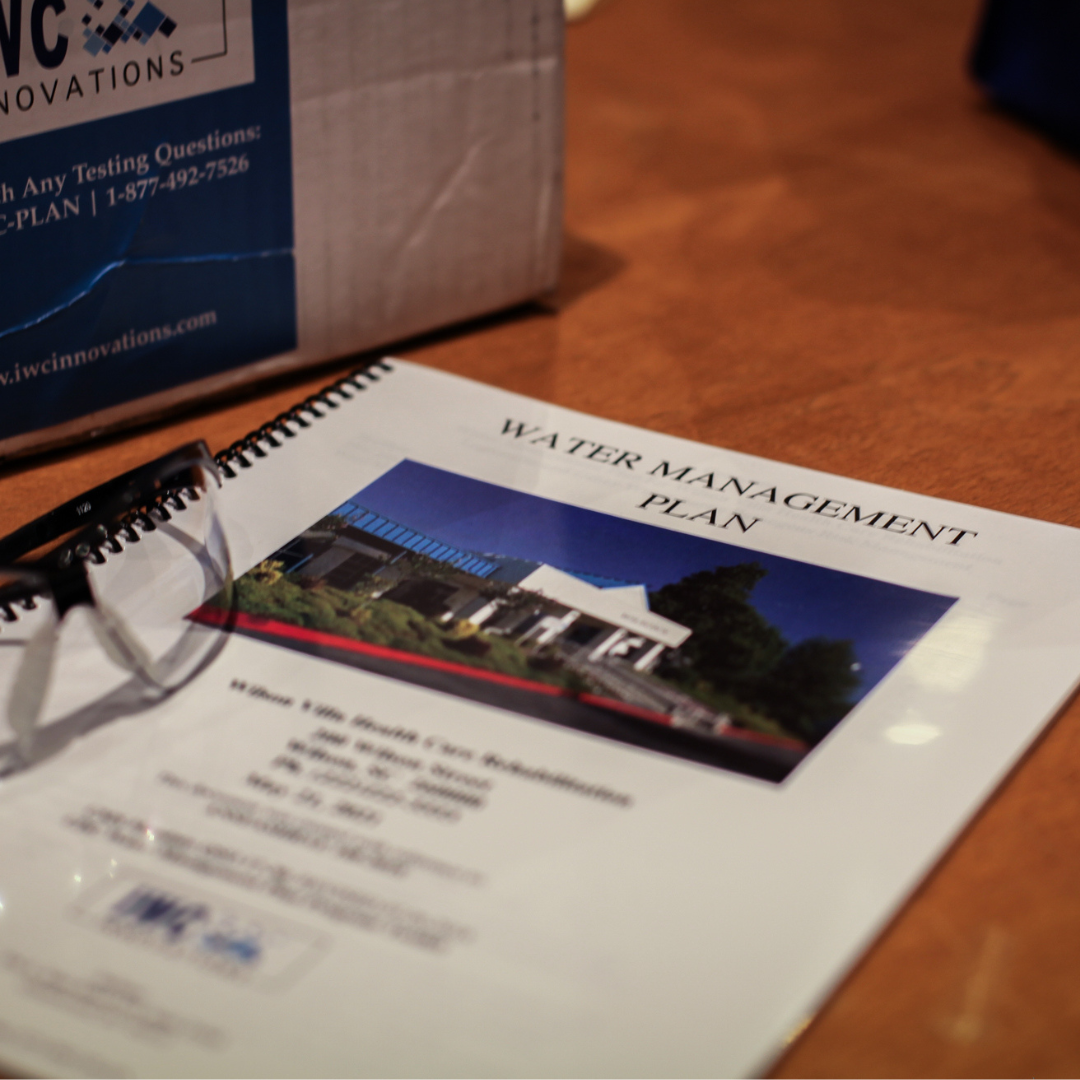 Backup Water Supply: Consider installing emergency water storage tanks or backup filtration systems that can be activated during a water supply crisis.
Backup Water Supply: Consider installing emergency water storage tanks or backup filtration systems that can be activated during a water supply crisis.
Infrastructure Reinforcement: Upgrade aging plumbing systems, install flood barriers, and improve drainage systems around the facility to protect your water supply during storms.
Create an Emergency Plan: Ensure your facility has a comprehensive water management plan in place for storm events. Train staff on proper procedures for managing compromised water supplies, and ensure emergency supplies (such as bottled water) are available.
Protect Your Facility
Severe storms can quickly compromise a facility’s water supply, creating health and safety hazards. By taking proactive measures like assessing the situation, shutting down water usage, flushing systems, and adding filtration, facility managers can effectively manage these risks. Establishing long-term preventative strategies will also help protect the water supply during future storms, ensuring the safety and functionality of your facility in the face of extreme weather.
If your facility has experienced a water supply disruption, contact IWC Innovations to learn more about safeguarding your water system and preparing for future emergencies

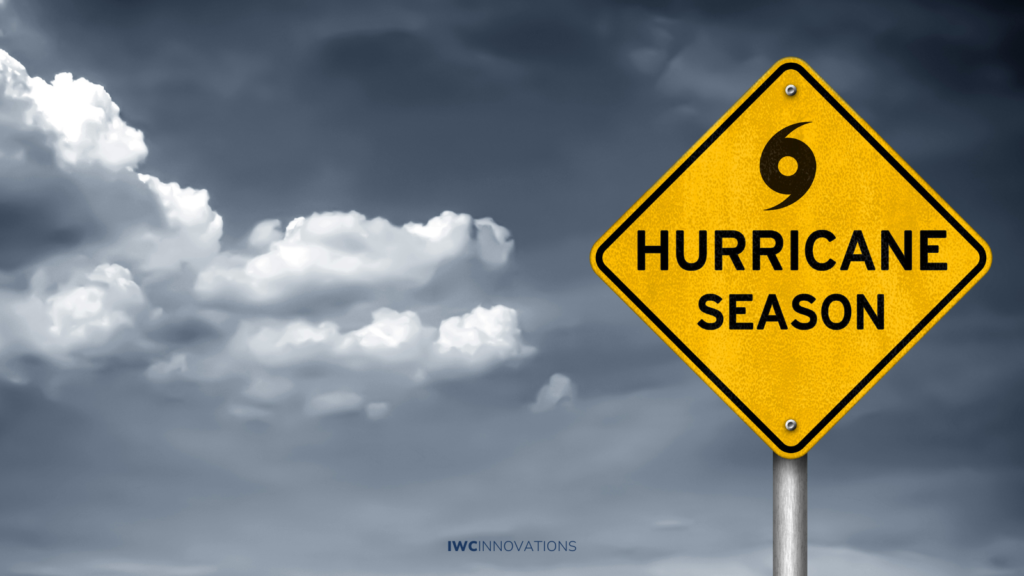

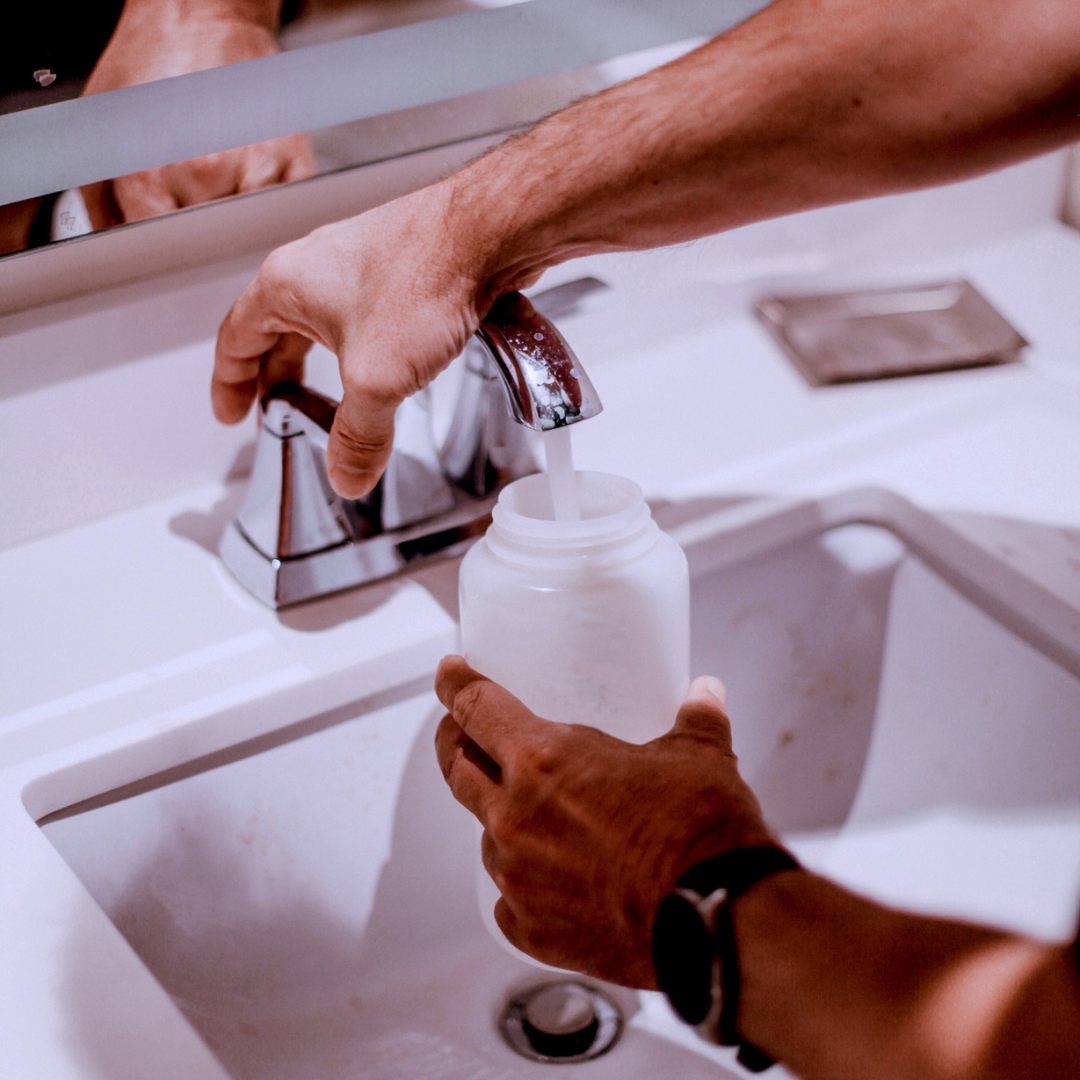 Test Your Water
Test Your Water